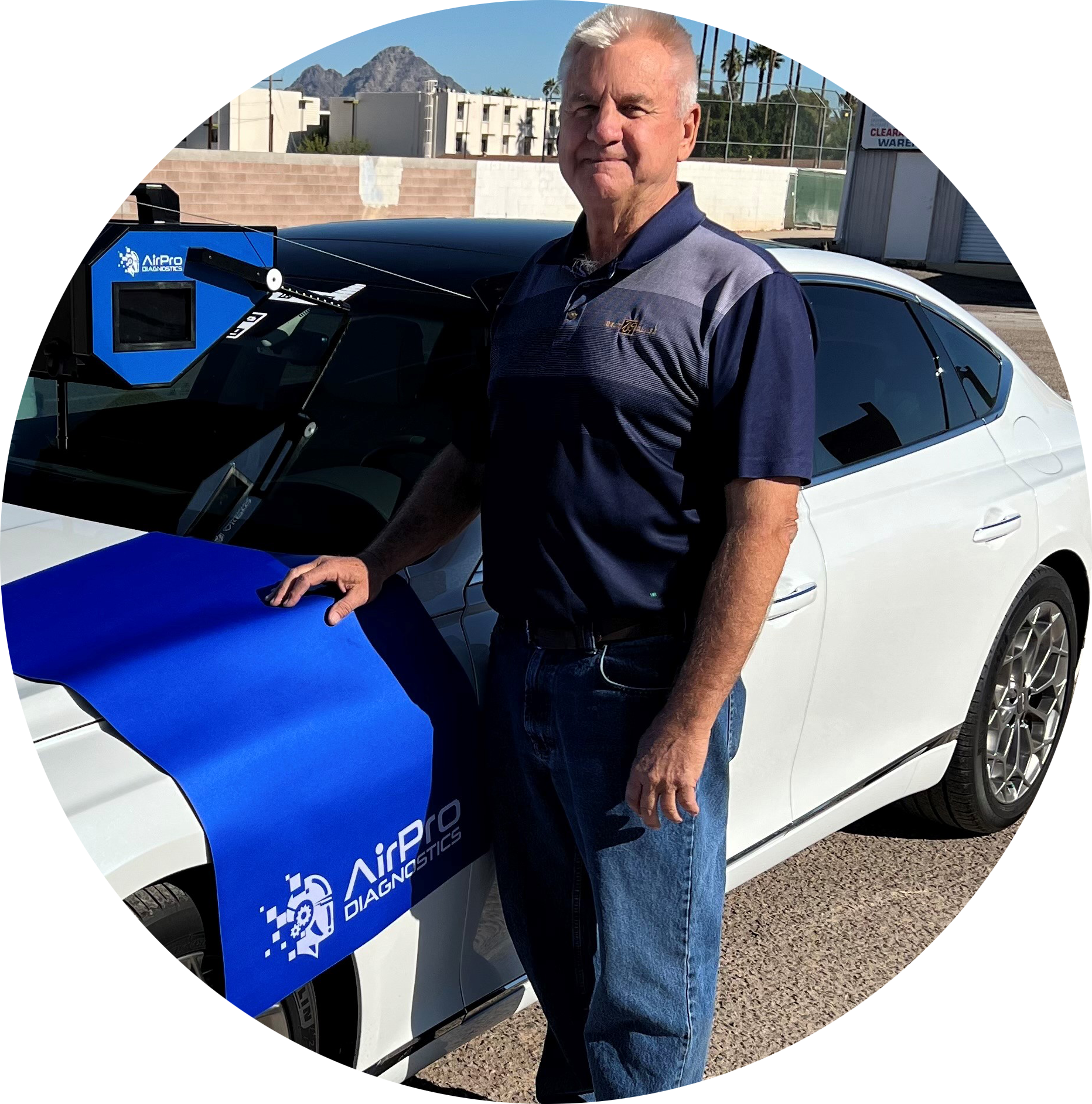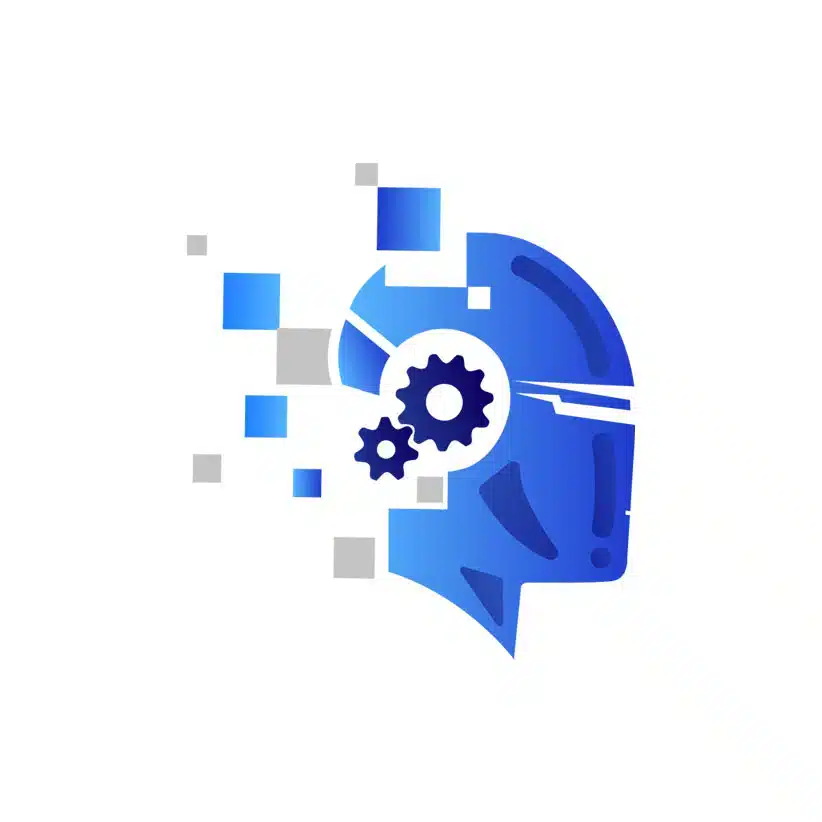ADAS Calibrations and Expert Diagnostics
Complete End-to-End Solutions
for Collision, Glass, and Repair Shops
AirPro Diagnostics provides industry-leading solutions for scanning, diagnostics, calibrations, and programming services. Our expert Brand Specialist technicians use a combination of best-in-class third-party multi-brand (aftermarket) software and OEM-licensed software.
SCANNING
Comprehensive scanning by vehicle brand specialists
DIAGNOSTICS
Pinpoint diagnostics in real time by reading live data
PROGRAMMING
Brand-specific module programming at your fingertips

CALIBRATIONS
Keep ADAS calibrations in-house utilizing AUGGIE
What Makes AirPro Different?
Our 10 Minute Response Pledge
Our Pledge to you is that within 10 minutes of requesting service, we will be working on your vehicle. That means you won’t be waiting hours or days for service. We know your time is valuable, so we won’t waste it.
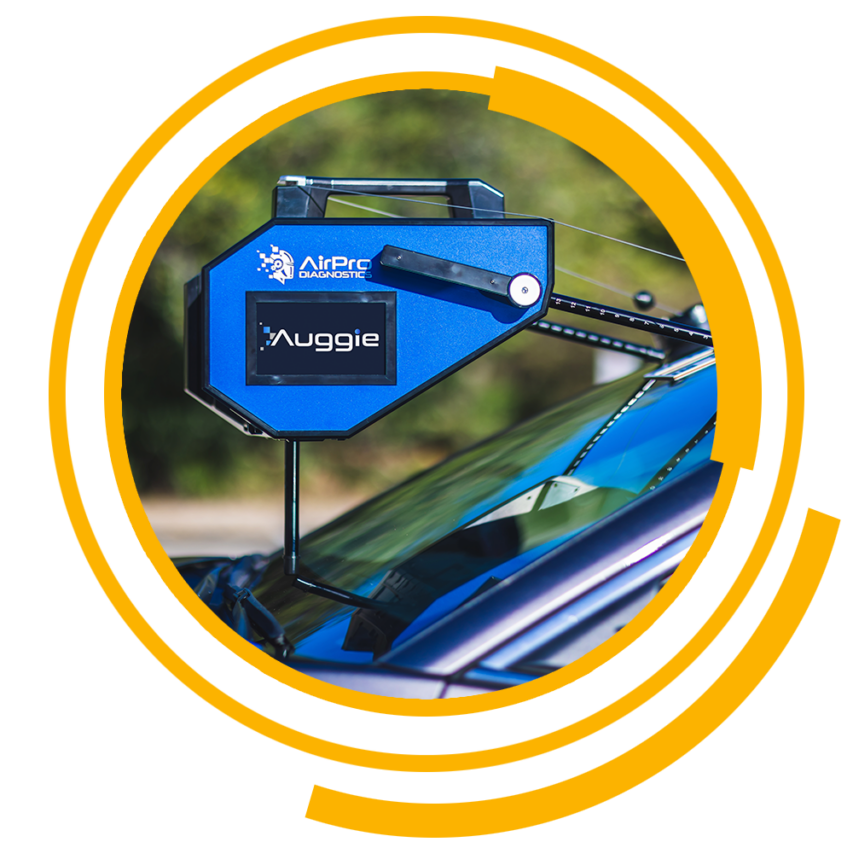
We Make ADAS Calibrations Simple!
Introducing Auggie: the industry’s most technologically advanced, timesaving, Forward-Facing Cameras (FFC) solution for ADAS calibrations.
Discover How Auggie Will Change the Way You Calibrate Vehicles
- AirPro device with diagnostic software directly connected to the vehicle
- Remote brand specialist technicians perform a full scan & thorough diagnostics
- Service, findings and verification of the process is recorded and stored on the cloud
- Complete report and findings provided on user portal and through email
We Bring Automotive Diagnostic Scanning Services, and Technology to Your Shop
We don’t make the hardware or the software, our service makes them better.
Join the growing number of automotive shops benefiting from our our expanding benefits!
How AirPro Diagnostics Helps Shops Deliver Safer Repairs
Modern vehicles utilize Advanced Driver Assistance Systems (ADAS) to enhance safety. These systems employ cameras, sensors, and radar to prevent collisions; however, minor repairs can
The Cost of Improper Diagnostics: How AirPro Safeguards Repairs
Modern vehicles depend on intricate electronic systems and Advanced Driver Assistance Systems (ADAS) to improve safety and performance. When a vehicle is involved in a
The Top Features of AirPro Diagnostics’ Remote Diagnostics for Repair Shops
Collision repair shops are handling increasing demands for accuracy, speed, and safety. As vehicles become more advanced, so do the diagnostics and ADAS calibration requirements.
What Our Customers Are Saying About AirPro...

